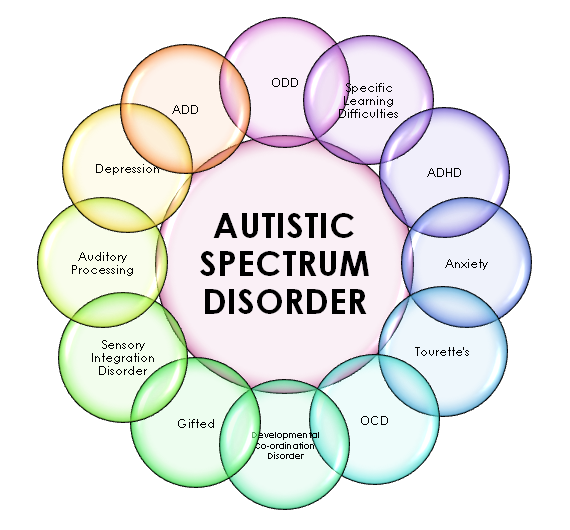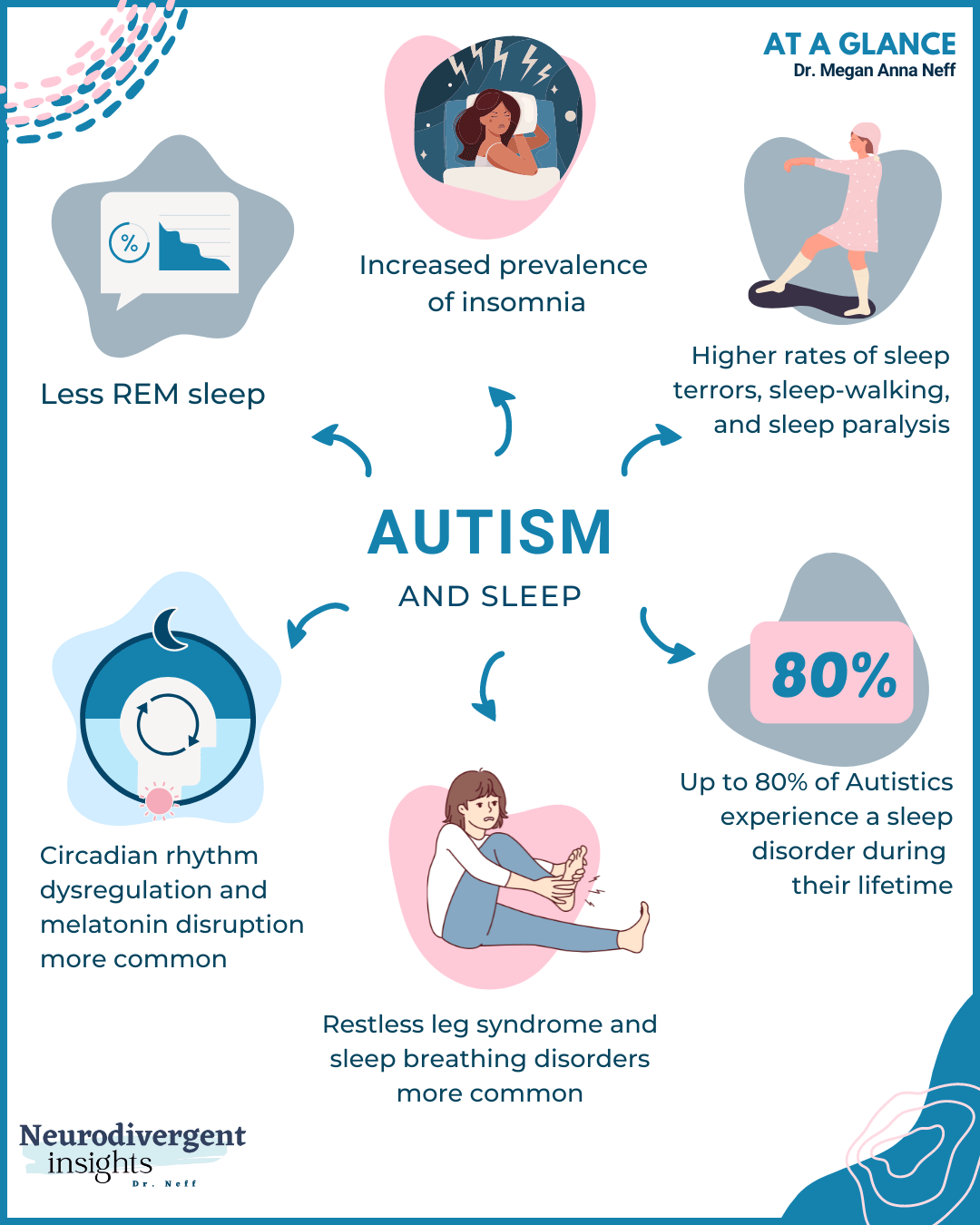Just how to Develop an Inclusive Environment for Friends and Family with Autism
Just how to Develop an Inclusive Environment for Friends and Family with Autism
Blog Article
Sustaining Individuals With Autism: Best Practices in Education And Learning and Addition
The support of individuals with autism within instructional settings necessitates a nuanced understanding of best techniques that promote inclusion and reliable discovering. Highlighting structured settings, tailored training methods, and collaborative initiatives among families and instructors can considerably boost the academic experience for students on the range. The obstacle lies not just in executing these techniques but additionally in fostering a culture of approval and understanding among peers. Checking out the intricacies of these techniques discloses vital parts that can transform academic landscapes and boost results for all pupils. What are the crucial aspects that make these approaches successful?
Comprehending Autism Range Condition
Autism Range Condition (ASD) is a complicated neurodevelopmental problem defined by a variety of obstacles in social communication, interaction, and habits. autism. People with ASD may display a selection of characteristics and symptoms, often leading to a distinct profile of strengths and troubles. The range nature of the condition implies that symptoms can differ dramatically in extent, with some individuals requiring substantial assistance while others may function individually
ASD commonly shows up in early childhood, with indicators commonly evident by the age of two or 3. Common attributes consist of difficulties in recognizing social cues, obstacles in engaging in reciprocal discussions, and a preference for regimens or repeated actions. Sensory level of sensitivities are also widespread, impacting exactly how individuals procedure and react to sensory input from their setting.
Comprehending these characteristics is crucial for promoting effective support strategies. Precise acknowledgment of ASD signs can bring about timely treatments that can considerably boost an individual's high quality of life. Recognizing the varied means in which the problem manifests helps caretakers, professionals, and educators customize their methods to meet the one-of-a-kind requirements of each individual on the autism range.
Producing Inclusive Learning Settings
Producing an inclusive discovering atmosphere is essential for sustaining people with Autism Spectrum Disorder and advertising their academic and social success. Such environments focus on acceptance, understanding, and partnership among all trainees, fostering a feeling of belonging. This approach calls for the active engagement of moms and dads, peers, and educators, creating a neighborhood that values variety and inclusivity.
To accomplish inclusivity, physical class arrangements must accommodate different sensory demands, offering peaceful locations and flexible seating choices. Aesthetic supports, such as timetables and cue cards, can help understanding and predictability, important for several students with autism. Carrying out clear expectations and structured routines assists minimize anxiousness and boosts learning opportunities.
Collaboration among personnel is vital. Educators needs to participate in recurring specialist growth to much better understand autism and its implications for learning. Creating partnerships with specialized professionals, such as speech therapists and work therapists, can even more enhance the support offered to students.
Ultimately, fostering an inclusive learning environment not just advantages trainees with autism however enhances the academic experience for all learners, advertising compassion, regard, and a deeper understanding of individual differences. This cumulative initiative is necessary for cultivating a helpful and engaging academic environment.
Reliable Instructing Strategies
To properly sustain individuals with Autism Range Disorder in the class, teachers have to utilize a variety of mentor techniques that provide to the distinct learning styles and needs of these trainees. One effective technique is Get the facts the use of aesthetic aids, such as graphes, photographs, and layouts, which can boost comprehension and retention of info. These devices assist make clear complex principles and provide a recommendation factor for students.
Furthermore, applying structured routines and clear assumptions can develop a sense of security and predictability, which is essential for several individuals with autism. It is additionally useful to integrate hands-on understanding possibilities, as these experiences can promote engagement and useful application of abilities.
Set apart instruction ought to be a foundation of training approaches, allowing educators to tailor lessons to private staminas and obstacles. In addition, employing social stories can aid in establishing social skills and comprehending social hints, linking interaction spaces.
Finally, routine comments and positive reinforcement can motivate students and reinforce wanted actions. By integrating these methods, teachers can create a reliable and comprehensive discovering atmosphere that supports the growth and growth of trainees with Autism Spectrum Disorder.
Teaming Up With Family Members and Neighborhoods
Effective cooperation with households and neighborhoods plays a critical duty in supporting individuals with Autism Range Condition. Establishing solid partnerships in between teachers, families, and area organizations enhances the performance of academic treatments and advertises an inclusive setting. Households, as primary caretakers, provide invaluable understandings into the one-of-a-kind requirements and preferences of their kids. Engaging them in the decision-making process ensures that instructional techniques are customized to individual toughness and challenges.
Institutions should help with open interaction networks, such as regular meetings, workshops, and responses sessions, to foster a sense of neighborhood and trust fund. Additionally, including area companies can provide access to sources and assistance solutions that extend beyond the classroom, enhancing social possibilities and ability growth for people with autism.
Professional advancement for teachers must additionally emphasize the significance of household interaction and area cooperation. Educating on culturally receptive practices can help educators better understand and integrate diverse family point of views. Eventually, a collective technique not just equips households however likewise enhances the discovering experiences of individuals with autism, producing a helpful environment that advertises their general wellness and success.
Encouraging Social Abilities and Interaction
Promoting social abilities and communication is crucial for people with Autism Range Condition, as these skills are foundational for building partnerships and browsing social contexts. Efficient methods for improving social competencies consist of structured social abilities training, peer-mediated treatments, and here are the findings using social stories.
Social abilities training programs can be customized to deal with particular deficits such as launching discussions, comprehending non-verbal cues, and taking turns throughout interactions. These programs frequently incorporate role-playing situations to supply useful experience and responses. In addition, peer-mediated interventions, where generally developing peers are entailed, can help with naturalistic social interactions, cultivating a supportive setting for individuals with autism.

Furthermore, developing comprehensive atmospheres in schools and community settings encourages possibilities for social involvement - autism. By promoting understanding and acceptance amongst peers, the capacity for meaningful communications boosts, ultimately bring about higher social proficiency and emotional health for individuals with autism

Verdict
To conclude, applying ideal methods for sustaining individuals with autism in educational settings is crucial for fostering incorporation and understanding. Structured regimens, aesthetic help, and partnership among educators, family members, and neighborhood organizations boost finding out experiences and address specific requirements. Promoting social skills and developing comprehensive atmospheres helps with meaningful communications. Focusing on acceptance and engagement within schools substantially enhances the quality of life for pupils on the autism range, ultimately adding to their social and academic success.
The assistance of individuals with autism within academic settings requires a nuanced understanding of ideal methods that advertise inclusion and reliable knowing.Developing an inclusive discovering environment is crucial for supporting you can look here people with Autism Range Condition and promoting their social and academic success.To successfully support individuals with Autism Range Disorder in the classroom, teachers must employ a range of training techniques that provide to the one-of-a-kind knowing designs and demands of these students.Efficient cooperation with families and communities plays an essential function in sustaining people with Autism Spectrum Condition - autism. Furthermore, peer-mediated treatments, where typically developing peers are included, can assist in naturalistic social communications, cultivating a supportive atmosphere for individuals with autism
Report this page